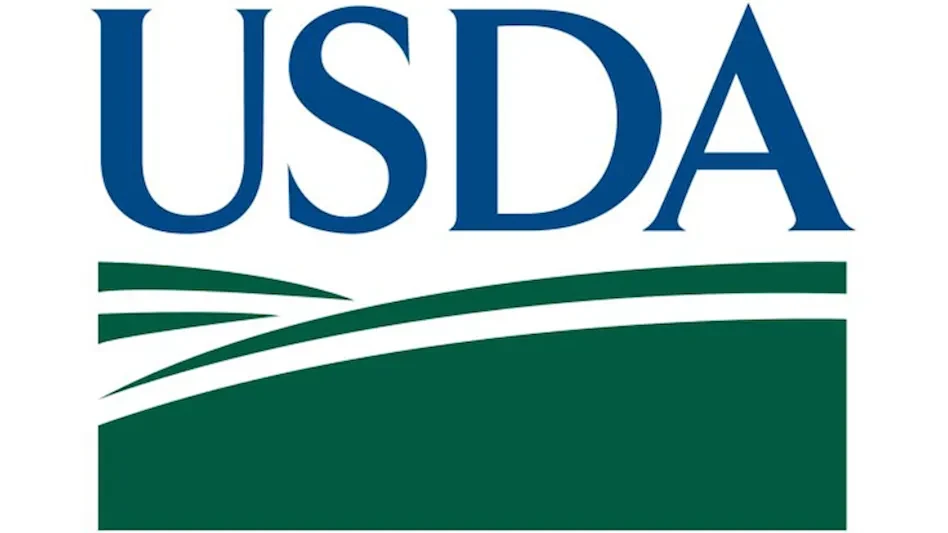The subject of labeling of foods which contain genetically modified organisms (GMOs) has been an ongoing debate since the 1990s. A GMO is defined as any organism which has had its genes artificially modified, through genetic engineering (GE), for the purpose of changing one or more of its characteristics in ways that would not normally occur in nature (World Health Organization, 2014). These changes typically have a positive impact on the farming industry’s ability to grow/harvest the plant, or enhance the plants attributes (such as producing more protein.) The U.S. federal government has enacted legislation that allowed three methods for GMO labeling: a text statement, a symbol (still being developed, but possibly similar to the kosher symbol), and/or a Q.R. code (Wheeler, 2016).
These three methods of labeling are the core of the case study, GMO Labeling – A Conflicting Dilemma by Robert Chon Strong, written as a part of Northeastern University’s GST 6350: Global Economics of Food and Agriculture with Professor Darin Detwiler. In the case study, each method is analyzed from each perspective of the three major key players. In conclusion, this case study makes a recommendation on which method is the most appropriate to achieve an ideal relationship between the industry and the consumer.
Read the paper at GMO Labeling – A Conflicting Dilemma.Latest from Quality Assurance & Food Safety
- Insects Limited Announces Leadership Changes, Promotions for Continued Growth
- ReposiTrak Welcomes 50 New Produce Suppliers to Food Traceability Network
- First Bird Flu Death Reported in United States
- FDA Issues Final Guidance on Action Levels for Lead in Processed Food Intended for Babies, Young Children
- Penn State Offers Course to Assist Food Processors in Controlling Listeria
- Tanzania Embraces One Health Approach to Enhance Food Safety and Trade
- FDA Releases Allergen, Food Safety and Plant-Based Alternative Labeling Guidance
- Bird Flu Suspected in Some Ohio Waterfowl





